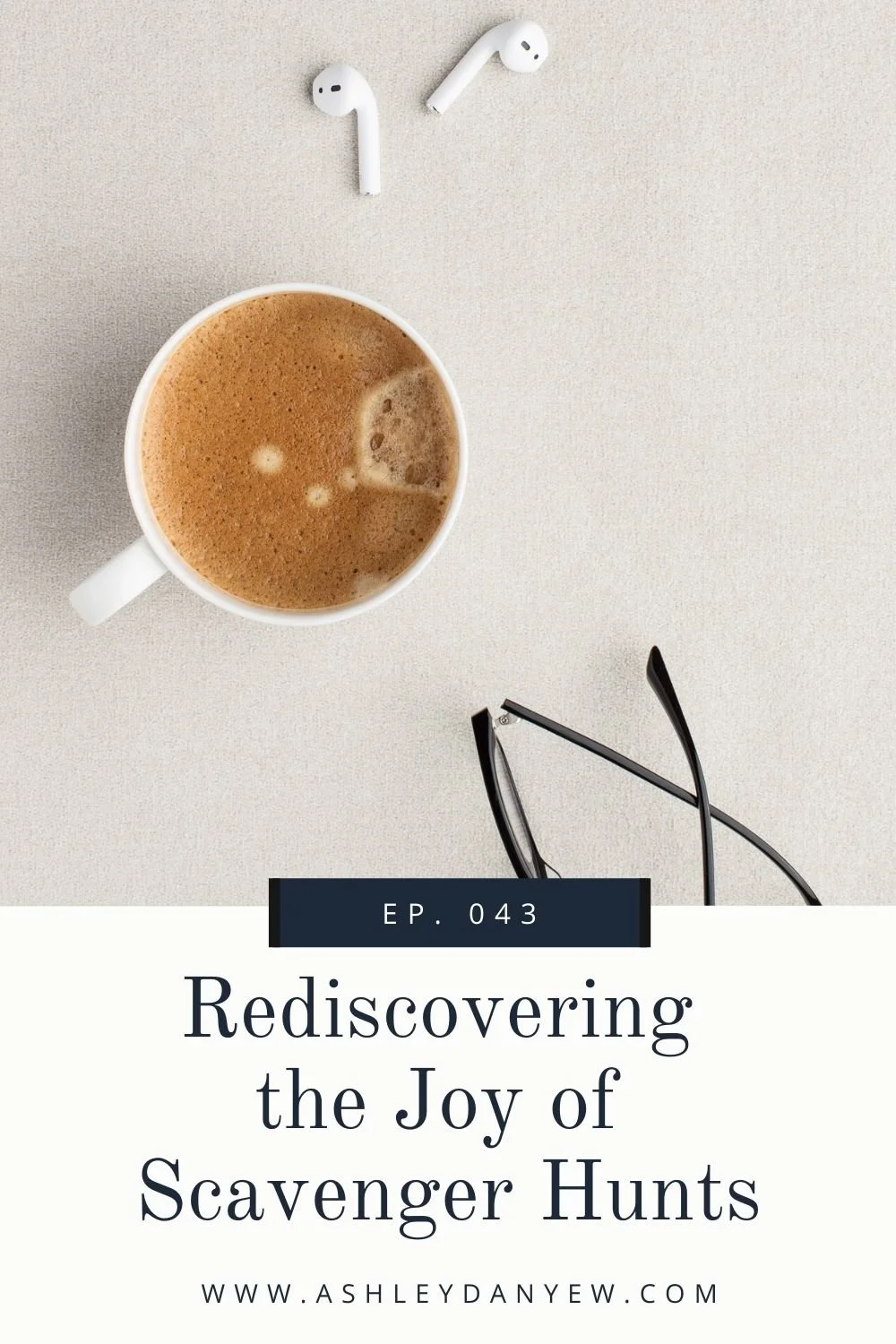![031 - A Summer Reading List for Music Educators]()
One thing I love about summer is picking out a new book (or three) to read.
I love having a book with me when I travel, but also the everyday times like sitting by the lake on a hot summer day, relaxing on the porch with a glass of sweet tea, or curled up in the sunroom on a quiet Sunday afternoon.
During the year, I like to read a mix of books from different categories: Business, Spiritual & Lifestyle, Fiction, Personal/Intellectual, and Nonfiction/Memoir.
In the summer, I like to have at least one book that's an easy, light-hearted read — easy to pick up and put down, read outside or on a plane or in the car. I also like to choose a lifestyle-related book that will challenge me in some way or help me assess the rhythms and routines I've developed so far this year. And finally, I find summer is a great time to catch up on my development as a musician and educator, so I like having one book that I can learn from in that way.
If you're looking for a few books to add to your summer reading list, you're in the right place. Today, I'm sharing a few of my favorite summer reads (plus a couple I’m planning to read myself).

















